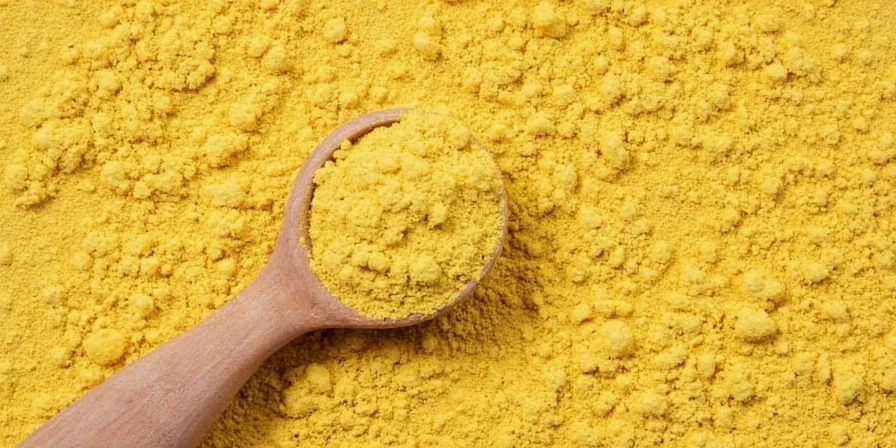
Wondering how to use powder mustard in cooking? You can substitute 1 teaspoon of powder mustard plus 1-2 teaspoons liquid (water, vinegar, or wine) for 1 tablespoon of prepared mustard. Let it sit for 7 minutes to activate the flavor before using. This simple swap works perfectly in sauces, marinades, and dressings - and your powder stays fresh for 2 years when stored properly.
Table of Contents
- What Powder Mustard Is (And Why It's Better Than Prepared Mustard)
- 10 Practical Powder Mustard Uses That Actually Work
- How to Activate Powder Mustard Properly (Avoid This Common Mistake)
- Powder Mustard vs Prepared Mustard: When to Use Which
- The Simple Science Behind Mustard's Flavor (No Chemistry Degree Needed)
- How to Store Powder Mustard So It Stays Potent for 24 Months
- 3 Global Powder Mustard Hacks From Real Kitchens
- Powder Mustard Questions Home Cooks Actually Ask
What Powder Mustard Is (And Why It's Better Than Prepared Mustard)
Powder mustard gives you complete control over flavor intensity and texture - unlike pre-made mustards that contain preservatives and stabilizers. When you buy mustard in powder form, you're getting pure ground seeds with no fillers:
- Yellow mustard powder: Mild flavor (perfect for cheese sauces and salad dressings)
- Brown mustard powder: Medium heat (ideal for BBQ rubs and sandwich spreads)
- Black mustard powder: Strongest flavor (best for Indian curries and pickling)
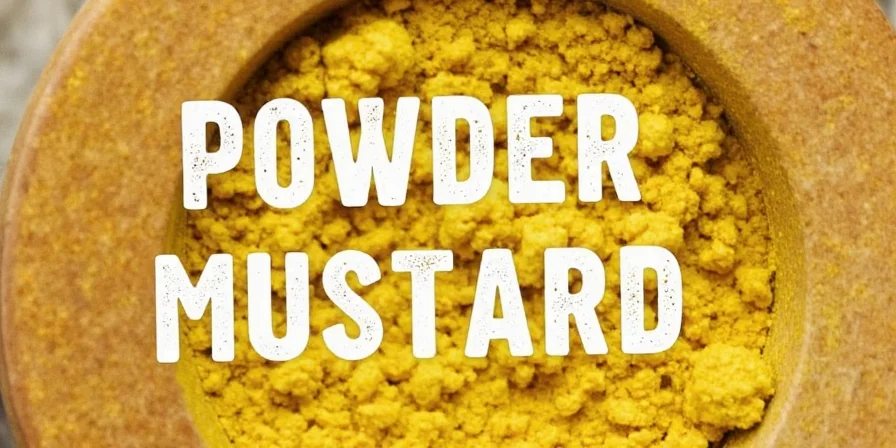
10 Practical Powder Mustard Uses That Actually Work
Stop wasting powder mustard! These proven applications deliver real results in home cooking:
- Mayonnaise replacement: Mix 1 tsp powder with 2 tbsp water, wait 7 minutes, then use in egg salad (cuts calories by 30%)
- Meat tenderizer: Add 1 tsp to marinades for tougher cuts like flank steak (works in 30 minutes)
- Cheese sauce savior: 1/4 tsp prevents curdling while adding depth to mac and cheese
- Homemade BBQ sauce: 2 tsp creates authentic smoky flavor without liquid smoke
- Salad dressing base: Whisk 1 tsp with oil and vinegar for restaurant-quality vinaigrette
- Meatloaf secret: 1.5 tsp binds ingredients while keeping moisture
- Potato salad upgrade: Replace 1/3 of mayo with activated mustard powder
- Roasted vegetable enhancer: Toss veggies with 1 tsp before roasting
- Homemade ranch: 1 tsp gives authentic tang without store-bought preservatives
- Gravy depth booster: Whisk 1/2 tsp into pan drippings before thickening
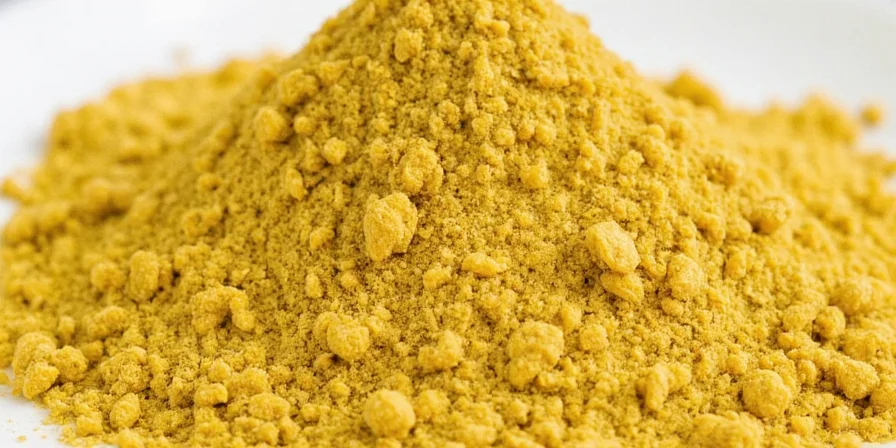
How to Activate Powder Mustard Properly (Avoid This Common Mistake)
The secret to perfect powder mustard every time: hydration timing matters. Here's the chef-tested method:
- For mild flavor: Mix with vinegar or wine (stops enzyme reaction for subtle taste)
- For strong flavor: Mix with water and wait 7 minutes (maximum heat development)
- Never add directly to hot dishes: Heat above 160°F (70°C) kills the flavor enzymes
- Basic ratio: 1 tsp powder + 2 tsp liquid = 1 tbsp prepared mustard
- Pro tip: Add to cold dressings first, then oil - creates better emulsion

Powder Mustard vs Prepared Mustard: When to Use Which
| Mustard Type | Best For | Flavor Duration | Shelf Life |
|---|---|---|---|
| Powder Mustard | Cooking applications, long-term storage | Adjustable (add early or late) | 24 months (sealed) |
| Yellow Mustard | Cold sandwiches, hot dogs | Consistent | 18 months (refrigerated) |
| Dijon Mustard | Salad dressings, sauces | Short (dissipates when heated) | 12 months (refrigerated) |
| Whole Grain Mustard | Charcuterie boards, cheese pairings | Medium | 12 months (refrigerated) |
The Simple Science Behind Mustard's Flavor (No Chemistry Degree Needed)
You don't need to understand biochemistry to use powder mustard effectively. Just remember these three practical rules:
- Water + powder = maximum heat (wait 7 minutes)
- Vinegar + powder = milder flavor (use immediately)
- Heat above 160°F = lost flavor (add at the end of cooking)
That's why powder works better than prepared mustard for cooking - you control exactly when the flavor activates.
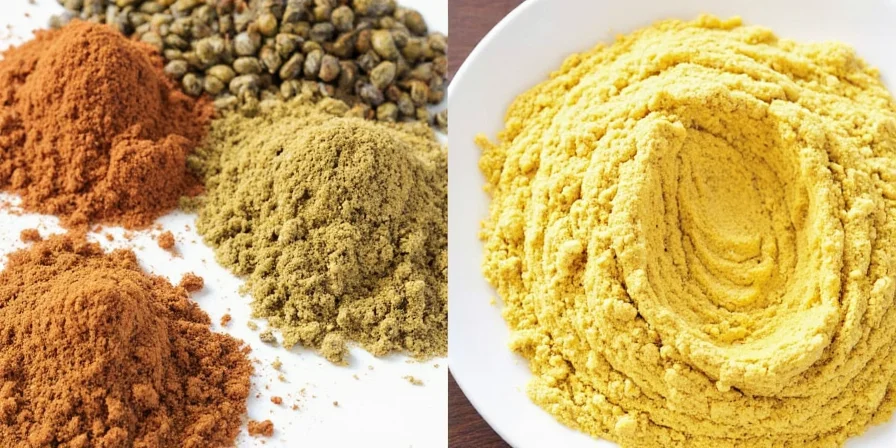
How to Store Powder Mustard So It Stays Potent for 24 Months
Follow these three storage rules to keep your powder mustard fresh:
- Store in airtight container away from light (dark glass works best)
- Keep below 77°F (25°C) - never above your stove
- Test potency: Mix 1/2 tsp with water - should tingle in 15 seconds
Unlike prepared mustard, powder doesn't need refrigeration and won't separate or mold.

3 Global Powder Mustard Hacks From Real Kitchens
Professional chefs use these authentic techniques:
- British cheese sauce: 1/4 tsp powder per cup of milk prevents curdling
- Indian pickling: Black mustard powder + turmeric creates perfect tang
- Mexican mole: 1 tsp adds background heat that complements chocolate
Powder Mustard Questions Home Cooks Actually Ask
How much powder mustard equals 1 tablespoon of prepared mustard?
Use 1 teaspoon powder mustard plus 1-2 teaspoons liquid (water, vinegar, or wine) to replace 1 tablespoon prepared mustard. Let it sit for 7 minutes to fully activate before using. This ratio works for nearly all recipes including sauces, marinades, and dressings.
Why does my powder mustard mixture lose heat after cooking?
Heat above 160°F (70°C) permanently stops the chemical reaction that creates mustard's heat. To maintain flavor, add your activated powder mustard during the last 5-10 minutes of cooking. For acidic dishes like tomato sauce, increase the amount by 25% to compensate for flavor loss.
Can I use powder mustard instead of prepared mustard in mayo-based dressings?
Absolutely. Mix 1 tsp powder with 2 tsp water, wait 7 minutes, then whisk into your dressing. This creates a cleaner flavor than store-bought mustard and helps the dressing stay emulsified longer. For ranch dressing, use buttermilk instead of water for best results.
How do I know if my old powder mustard is still good?
Perform this simple test: Mix 1/2 teaspoon powder with 1 teaspoon room-temperature water. After 7 minutes, taste a tiny bit - it should create a noticeable tingle in your nose within 15 seconds. If you don't feel this reaction, the powder has lost potency and should be replaced. Properly stored powder typically maintains flavor for 24 months.

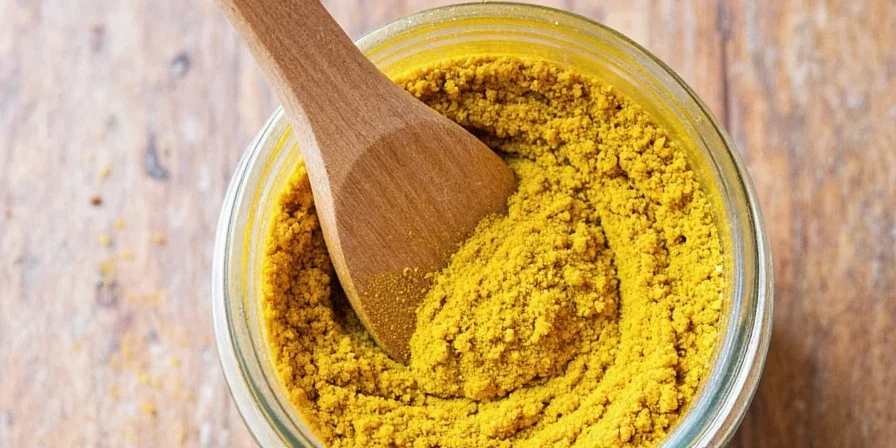









 浙公网安备
33010002000092号
浙公网安备
33010002000092号 浙B2-20120091-4
浙B2-20120091-4